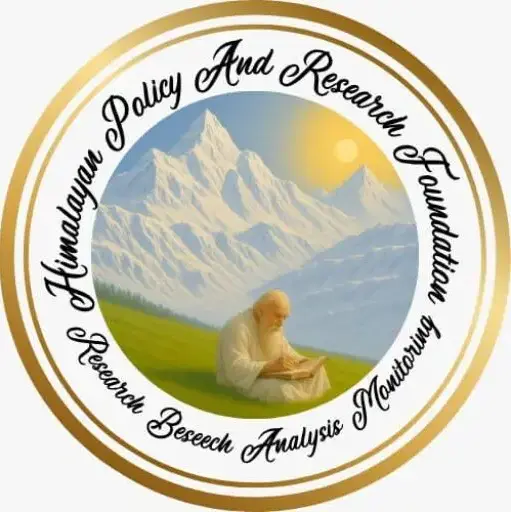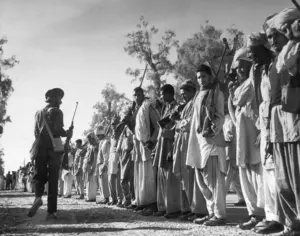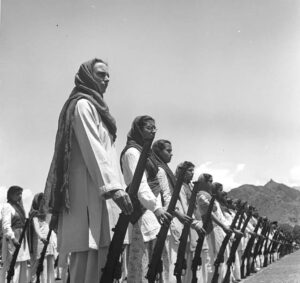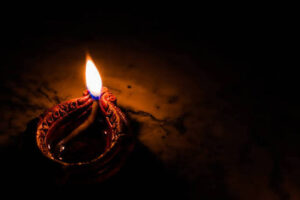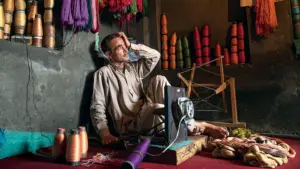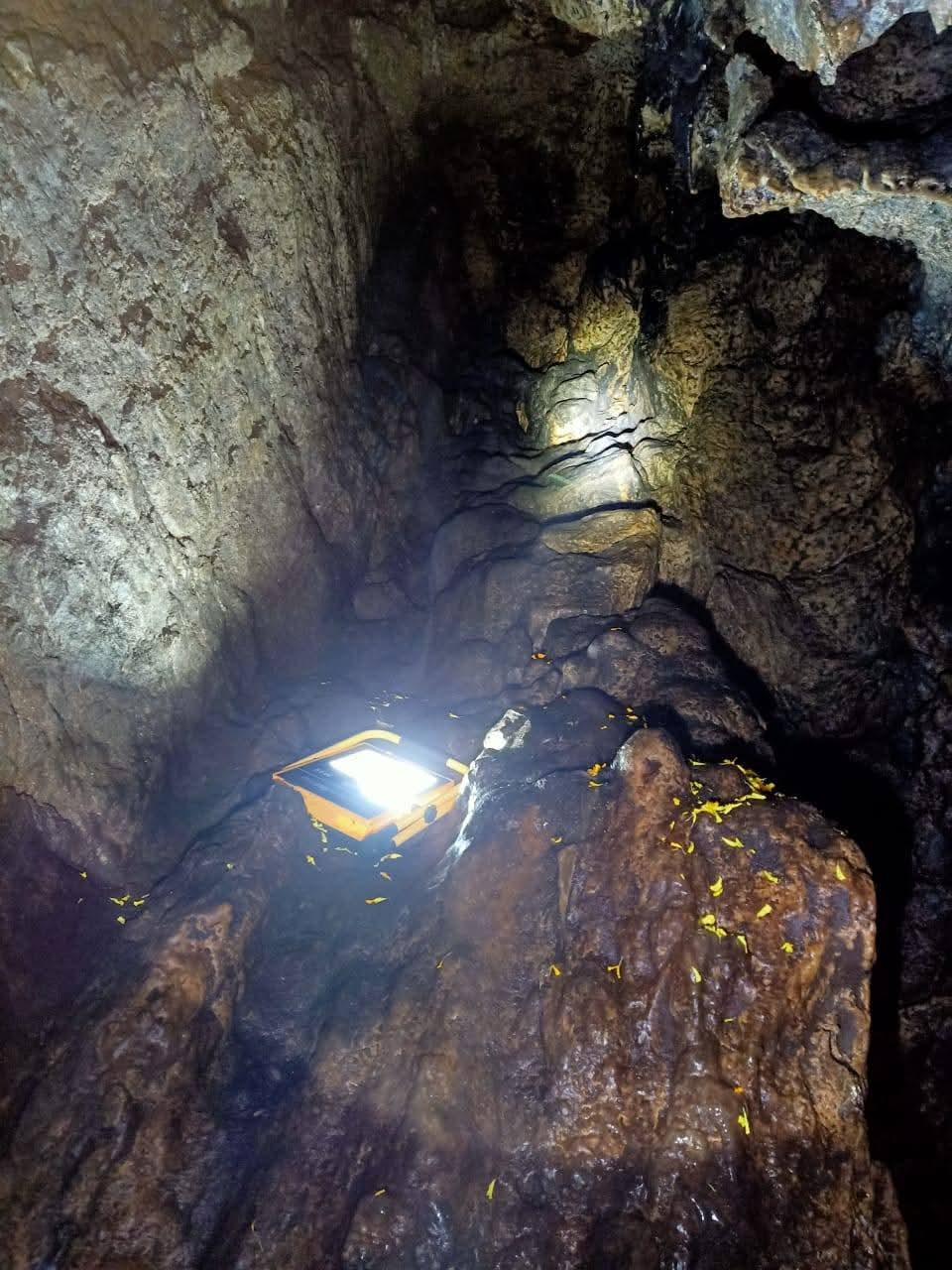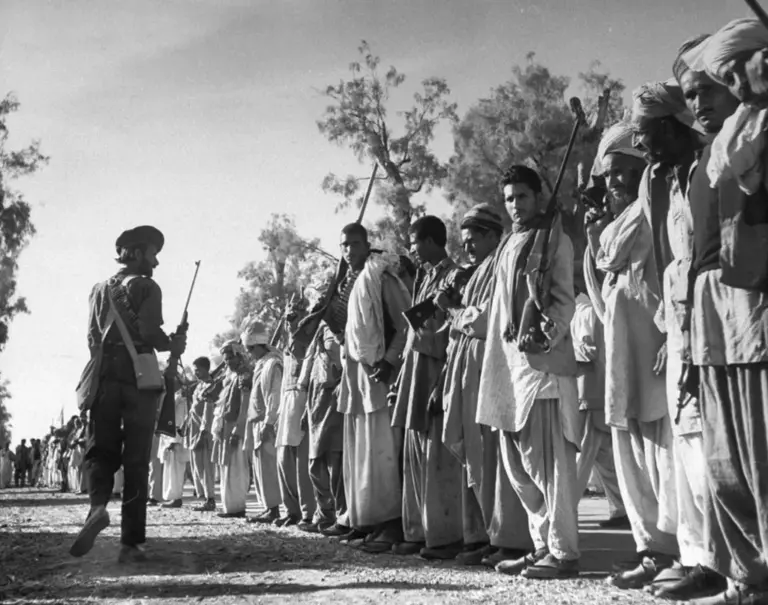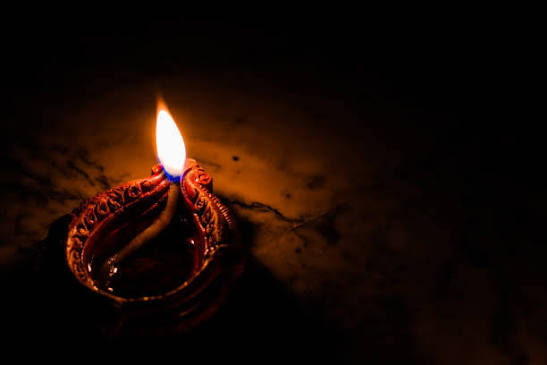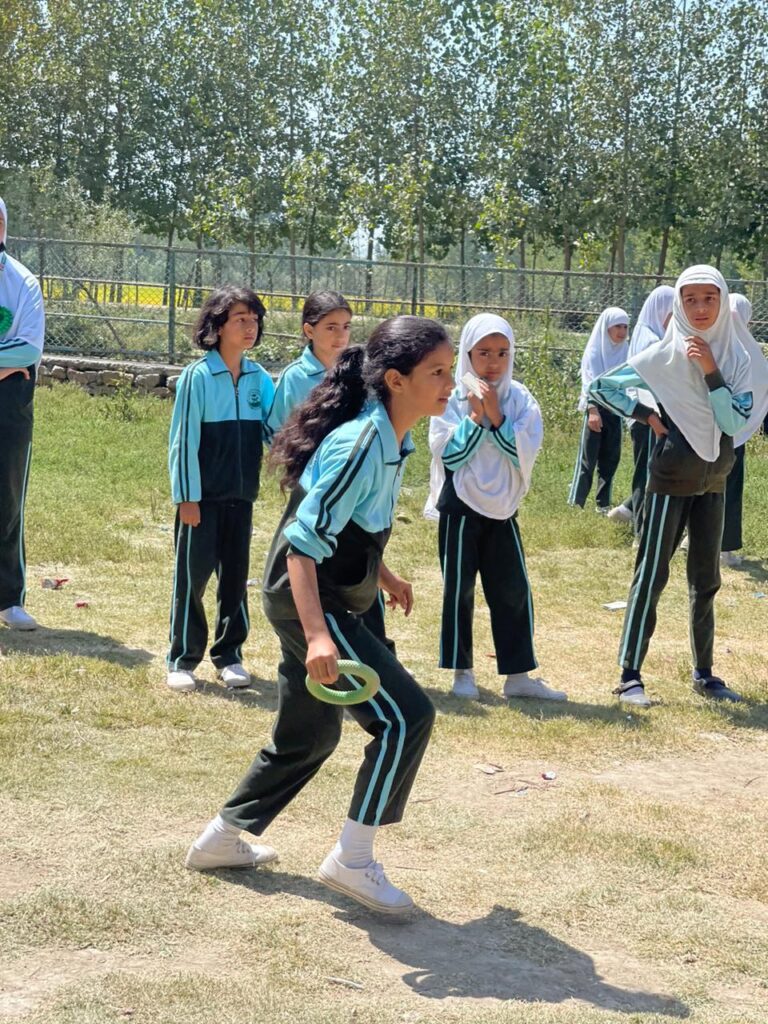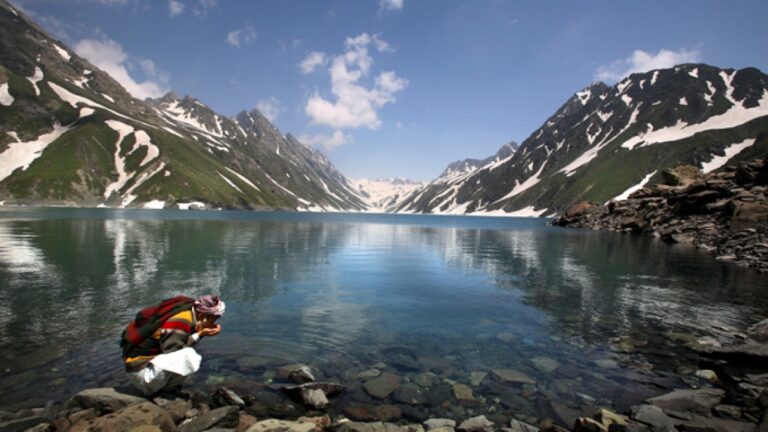Kashmir is not merely a territory to be governed or a crisis to be solved. It is a civilizational consciousness—an idea that transcends the bounds of space and time. It lives not in the registers of modern administration but in the inner archives of mysticism, memory, and meaning. To reduce Kashmir to its current political entanglements is to amputate it from its own metaphysical and intellectual past—a past that refuses to die even in the face of sustained erasure.
As Sheikh-ul-Alam (Nund Reshi) whispered through time:
“Ann poshi teli yeli wan poshi” —
“Food will last only as long as the forests last.”
A warning not just ecological but civilizational—about the rupture of balance, both with nature and with the self. The civilizational idea of Kashmir predates the modern state and its apparatus of control. Long before nation-states emerged, Kashmir offered the world a unique intellectual and spiritual grammar. It was the crucible of Shaivite metaphysics, the soil that nourished the Buddhist Fourth Council, the refuge of the Sufi mystics, and the birthplace of a vernacular philosophy of coexistence. Kashmir’s consciousness was stitched not with the thread of power but with the silk of reflection.
In the words of Lal Ded:
“Gav ne zah chhum braman ghar, su gav me chu chonuy tar.”
“I didn’t enter the temple, but the One came and dwelled in me.”
Kashmir’s mysticism was never about arrival—it was about awakening.
As Lal Ded wrote,
“Shiv chhui thali thali rozan; mo zaan hyond ta musalman” —
“Shiva pervades every particle—don’t distinguish between Hindu and Muslim.”
Centuries earlier, the great Kashmiri philosopher Utpaladeva wrote:
“Caitanyam atma” — “Consciousness is the Self.”
This simple but radical claim, born in Kashmir, would influence Indian metaphysics for generations. The genius of Kashmir lies not in its scenic beauty alone, but in its ability to think, to feel, and to absorb contradiction. It was here that Abhinavagupta composed the great treatises of Kashmir Shaivism, speaking of a reality where the individual self is nothing but a spark of universal consciousness. In his Tantraloka, he wrote:
“Na hi sivah sivat anyah” — “There is no Shiva apart from Shiva.”
Reality is not dual—it is one pulsating field of sacred presence. It was here that Lal Ded walked naked through snow and spring, her verses echoing a fierce spiritual autonomy:
“What you see is not what is; what is, is beyond words.”
She once declared:
“Tem vuchhum andar mad zalith; tem vuchhum bahar pad zalith.”
“I saw Him inside—he burned like fire; I saw Him outside—he poured like a flood.”
This was not a metaphor. It was a method. And it was here that Nund Reshi, the Rishi of the people, prayed not to be remembered for miracles, but for compassion.
He had said:
“Soi chhu akhir dilas manz” —
“He dwells in the heart.” Not in palaces, not in proclamations—but in conscience. From the lineage of Abhinavagupta to the living voice of Swami Lakshman Joo, Kashmir’s Shaivite tradition continued to speak of the divine not as abstraction but experience. Lakshman Joo once said:
“Recognition is liberation. To know that you are free.”
Kashmir’s civilizational identity is an embodied idea, lived and felt across generations. It cannot be read only in texts but must be sensed in the cadence of its oral traditions, in the pauses of its poetry, and in the rhythm of its rituals. This consciousness was never exclusivist—it emerged from the interaction of diverse worldviews: Buddhist renunciation, Shaivite metaphysics, Sufi love, and Islamic universality. The fusion of these currents produced not confusion, but clarity: that the sacred is not owned; it is witnessed.
As the mystic Habba Khatoon once lamented:
“Yem roz pamposh pavan, yim roz paeth wuchhun”
“Those days of blooming lotuses, those gazes once known…”
Remembrance in Kashmir is not nostalgia—it is resistance. To understand Kashmir merely as a problem is to lose the ability to encounter it as a philosophy. The valley has historically refused binaries—between the sacred and the secular, between the seen and the unseen, between suffering and grace. Like Heraclitus, who wrote, “You cannot step into the same river twice,” Kashmir teaches us that identity is fluid, and the self is not a possession but a passage.
In the Kashmiri mystical tradition, the self was never isolated. As Nund Reshi said:
“Zeh chhu shaksiyat chu shanakhtas gatsan.”
“What you are is what you recognize in another.”
The self, here, is a mirror—not a monument. In this land, time folds over itself. The past is not behind, but within.
The modern political state—obsessed with cartography and control—has flattened this complexity. It views Kashmir in terms of territory, border and demographic arithmetic. But a civilization cannot be governed by statistics. Kashmir has endured not because of the power of regimes, but because of the moral depth of its people. The endurance of the Kashmiri spirit lies in what Camus called “the invincible summer” within, even when surrounded by winter.
To speak of Kashmir today, therefore, is not to speak only of Article 370, electoral turnouts, or security narratives. It is to speak of a civilizational crisis—the slow erosion of a pluralistic imagination, the silencing of a mystical voice, and the forgetting of a people who once saw divinity in dust. As Ibn Arabi said, “My heart has become capable of every form; it is a pasture for gazelles and a convent for Christian monks… I follow the religion of Love.” That is the religion Kashmir lived and breathed—long before it became an object of surveillance and suspicion.
Ramakrishna Paramahamsa, echoing the same civilizational instinct, once said:
“All religions are paths, but the goal is the same. Realize God and see Him in all.”
Kashmir embodied that unity—not as tolerance, but as truth. The tragedy of Kashmir today is not only political—it is epistemic. It is the tragedy of a people being taught to forget themselves. Memory is being replaced with myth, poetry with propaganda, and wisdom with violence. But no regime, however brutal, can legislate amnesia completely. The whispers of Lal Ded, the silences of Nund Reshi, the music of Habba Khatoon, and the prayers of unknown mothers still rise like mist from the Jhelum—refusing to be erased.
Lal Ded knew this centuries ago when she said:
“My guru gave me but one precept: inside your own self, search for truth.”
The state may erase textbooks, but it cannot erase the trembling of truth inside the human soul. In an era obsessed with realism, Kashmir invites us to reclaim the imagination. It asks us not what we can extract from it, but what we are willing to listen to. The valley, after all, does not demand sympathy; it demands understanding. And that understanding cannot emerge from geopolitical documents, but from philosophical inquiry. From asking, as Heidegger did, “What does it mean to dwell?”
To dwell in Kashmir is to dwell in paradox. It is to belong to a place that cannot be possessed. It is to carry within oneself a geography of longing, a grammar of loss, and a theology of endurance. Kashmir is not just a valley. It is a vision. Not just a person—but a pulse. To belong to Kashmir is to belong to an ancient murmur.
As Habba Khatoon once wept in exile:
“Me chu sa wuchhan chonuy safar”
“I still await the glimpse of your path.”
That path, my love, is not one of return—but of remembrance.
And so, the question is not whether Kashmir belongs to anyone, but whether we still belong to the civilizational values that Kashmir once illuminated: compassion over coercion, dialogue over domination, and wisdom over will.

